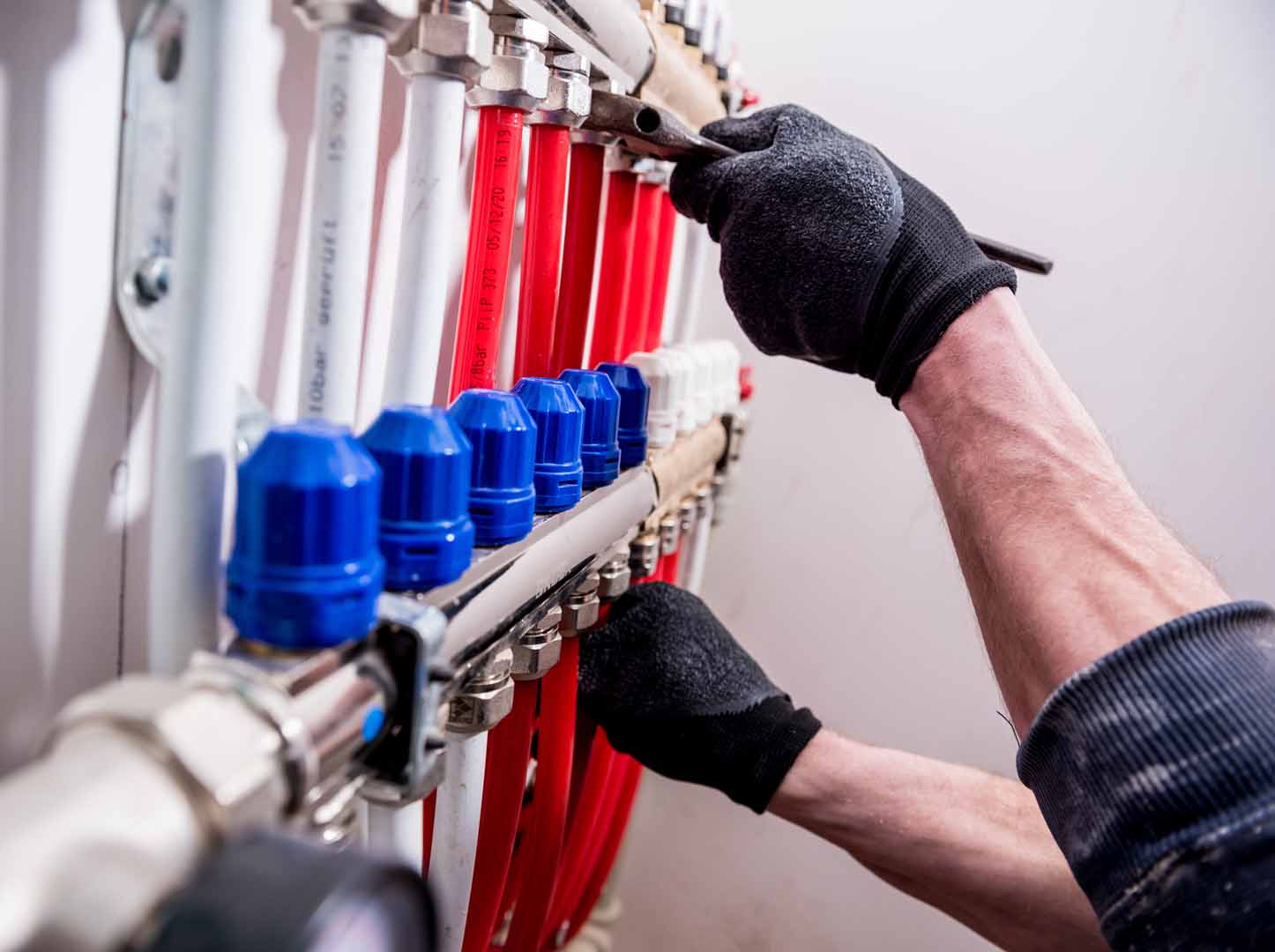
Selecting the perfect heating system for your home can be a daunting task. Among the various options available, two popular choices stand out: radiant heating systems and forced air systems. Each comes with its unique benefits and factors to consider, thus making the choice dependent on individual tastes and specific home requirements.
Radiant heating systems, often considered a luxurious option, work by radiating heat from a source directly to the objects and people in the room. This can result in a more even distribution of warmth, eliminating the uneven heating often associated with forced air systems. Radiant systems can be installed beneath the floor, in the walls, or even in the ceiling, providing a comfortable and consistent warmth without the need for ductwork.
On the other hand, forced air systems depend on a main furnace for heat generation, which is then dispersed throughout the house through a system of ducts. This method allows for quick heating of a space and easy integration with central air conditioning systems. Additionally, forced air systems offer the flexibility of adding air filters and humidifiers to improve indoor air quality.
Radiant heating systems are often favored for their quiet operation, energy efficiency, and ability to eliminate the circulation of allergens and dust particles often associated with forced air systems. However, the installation cost and complexity of retrofitting an existing home with radiant heating can be significant considerations.
Forced air systems, on the other hand, are generally more cost-effective to install, making them a popular choice for new construction and retrofit projects. The ability to integrate with central air conditioning and the quick heating of spaces are additional advantages of forced air systems.
In conclusion, the decision between radiant heating systems and forced air systems ultimately depends on your specific needs and preferences. A good radiant heating system option is the Therma-HEXX, featuring modular hydronic radiant heating & cooling systems for a variety of surface areas, ideal to fit into anywhere you need it. By carefully evaluating your home’s layout, heating necessities, and budgetary requirements, you can make a well-informed choice that guarantees comfort and efficiency in your household.
